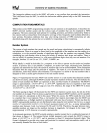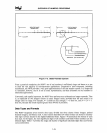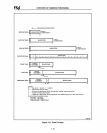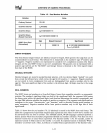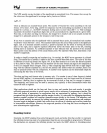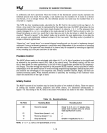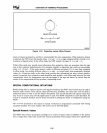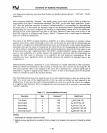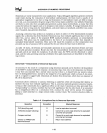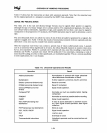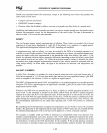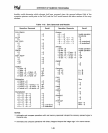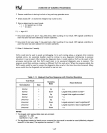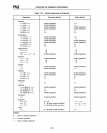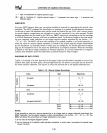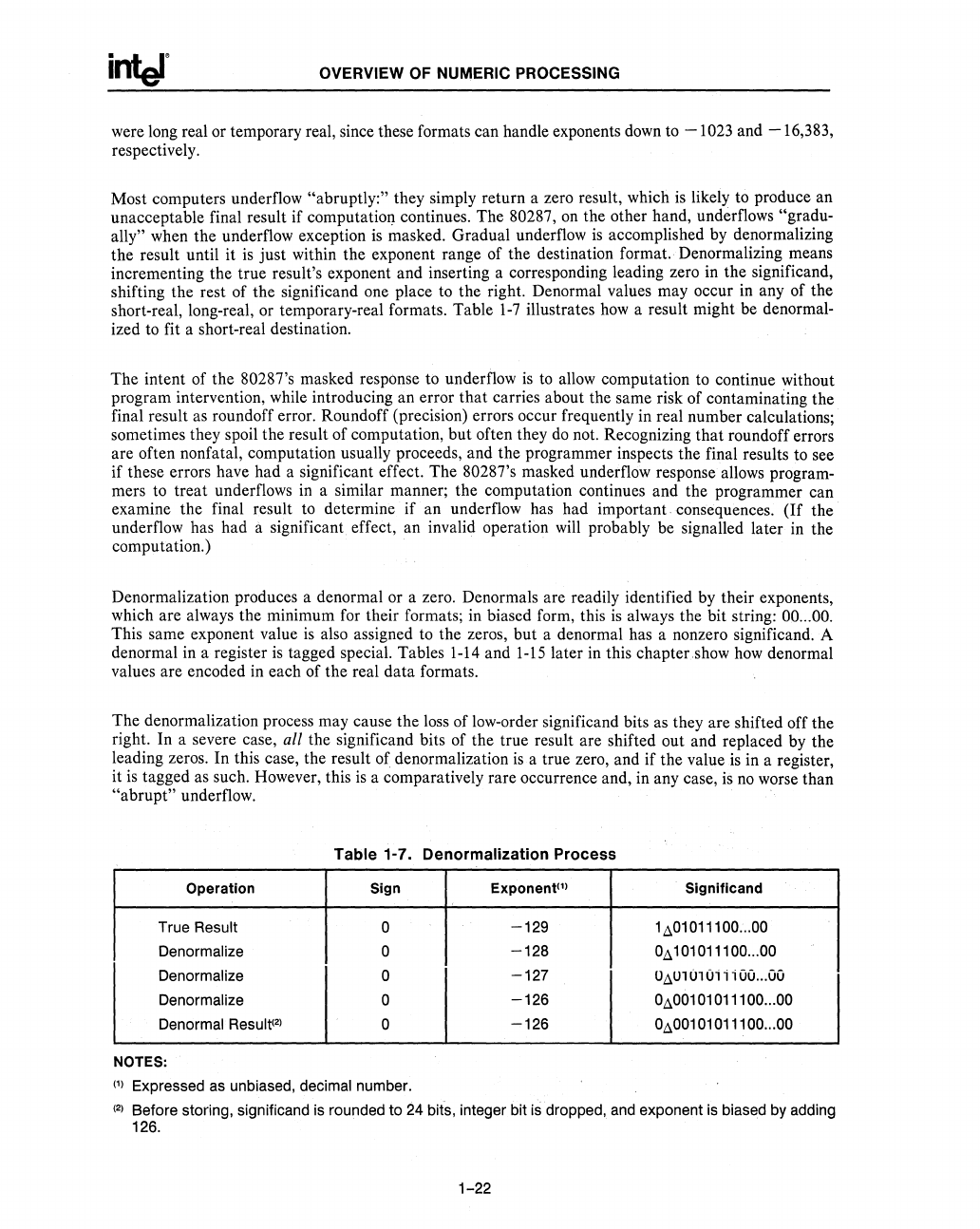
OVERVIEW
OF
NUMERIC
PROCESSING
were long real or temporary real, since these formats can handle exponents
down
to
-1023
and
-16,383,
respectively.
Most computers underflow
"abruptly:" they simply return a zero result, which
is
likely to produce an
unacceptable final result if computatiol). continues. The
80287,
on
the other hand, underflows "gradu-
ally"
when the underflow exception
is
masked. Gradual underflow
is
accomplished
by
denormalizing
the result until it
is
just within the exponent range of the destination format.- Denormalizing means
incrementing the true result's exponent and inserting a corresponding leading zero in the significand,
shifting the rest of the significand one place
to
the right. Denormal values may occur in any of the
short-real, long-real, or temporary-real formats. Table
1-7
illustrates
how
a result might be denormal-
ized
to
fit a short-real destination.
The intent of the 80287's masked response
to
underflow
is
to
allow computation
to
continue without
program intervention, while introducing an error that carries about the same risk of contaminating the
final result as roundoff error. Roundoff (precision) errors occur frequently in real number calculations;
sometimes they spoil the result of computation, but often they
do
not. Recognizing that roundoff errors
are often nonfatal, computation usually proceeds, and the programmer inspects the final results
to
see
if these errors have had a significant effect. The
80287's masked underflow response allows program-
mers
to
treat underflows
in
a similar manner; the computation continues and the programmer can
examine the final result
to
determine if an underflow has had important. consequences.
(If
the
underflow has had a significant effect, an invalid operation
will
probably
be
signalled later
in
the
computation.)
Denormalization produces a denormal or a zero. Denormals are readily identified by their exponents,
which are always the minimum for their formats; in biased form, this
is
always the bit string: 00
...
00.
This same exponent value
is
also assigned to the zeros, but a denormal has a nonzero significand. A
denormal
in
a register
is
tagged special. Tables
1-14
and
1-15
later
in
this chapter.show
how
denormal
values are encoded in each of the real data formats.
The denormalization process may cause the
loss
of low-order significand bits as they are shifted off the
right. In a severe case,
all the significand bits of the true result are shifted out and replaced by the
leading zeros. In this case, the result of denormalization
is
a true zero, and if the value
is
in a register,
it
is
tagged as such. However, this
is
a comparatively rare occurrence and,
in
any case,
is
no
worse than
"abrupt" underflow.
Table 1-7. Denormalization Process
Operation
Sign
Exponent(')
Significand
True
Result
0
-129
1.l01 0111 00 ... 00
Denormalize
0
-128
0.l1
01
0111 00 ... 00
Denormalize 0
-127
U.lU1
01
0;;;
00 ... 00
Denormalize
0
-126
0.l001
01
0111 00 ... 00
Denormal
Result(2)
0
-126
0.l001
01
0111 00 ... 00
NOTES:
(')
Expressed as unbiased, decimal number.
(2)
Before storing, significand is rounded to
24
bits, integer bit is dropped, and exponent is biased by adding
126.
1-22



